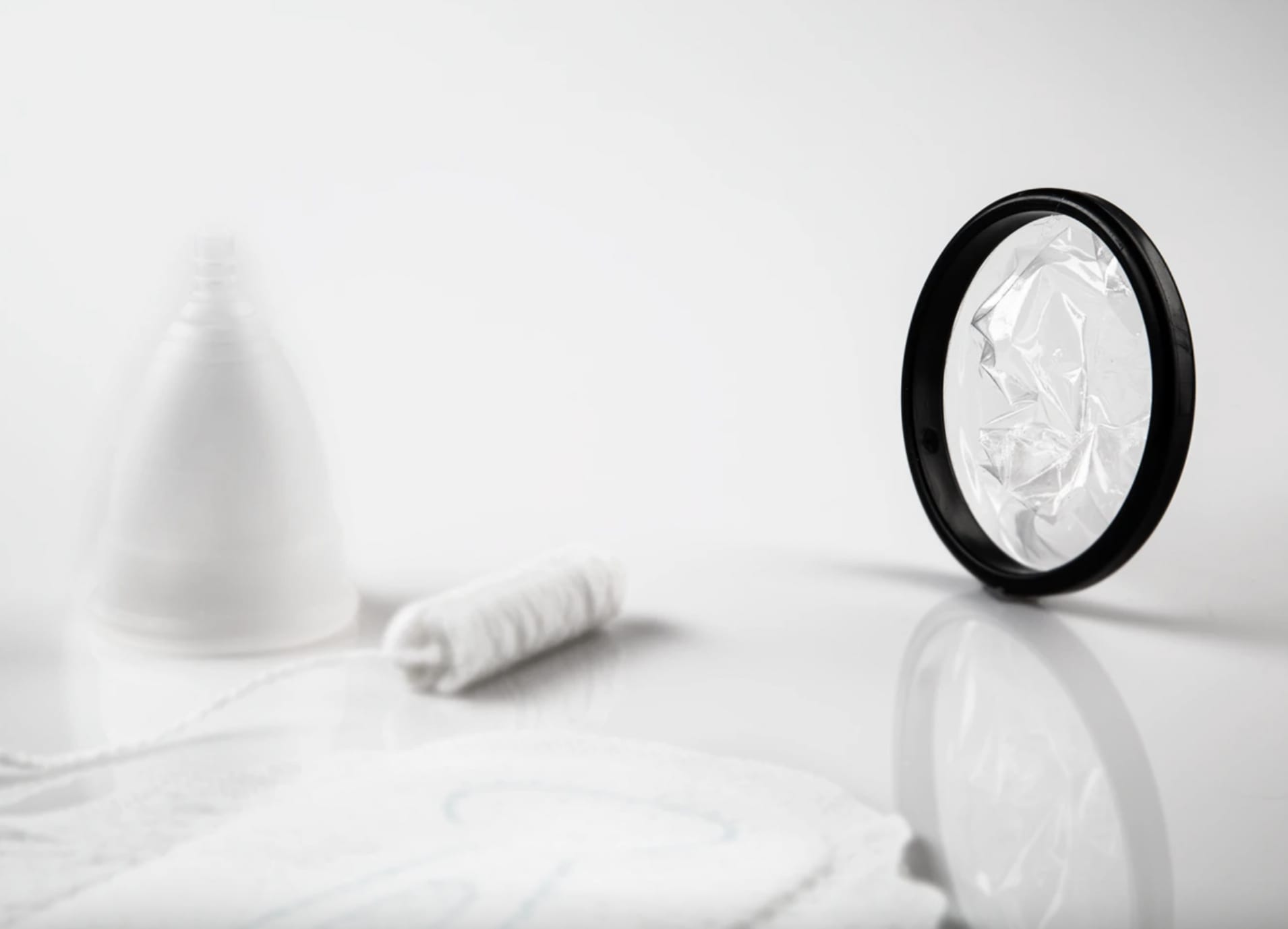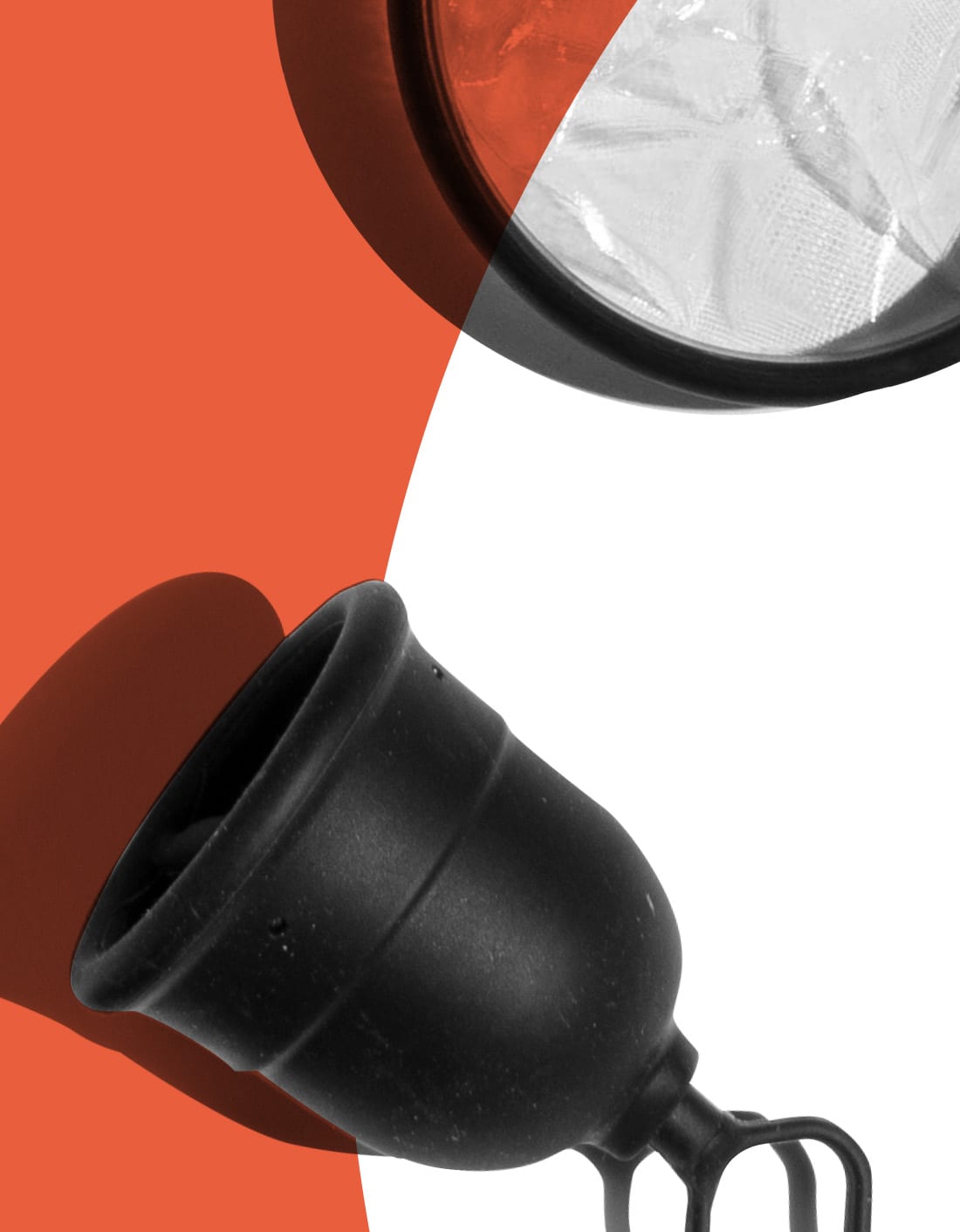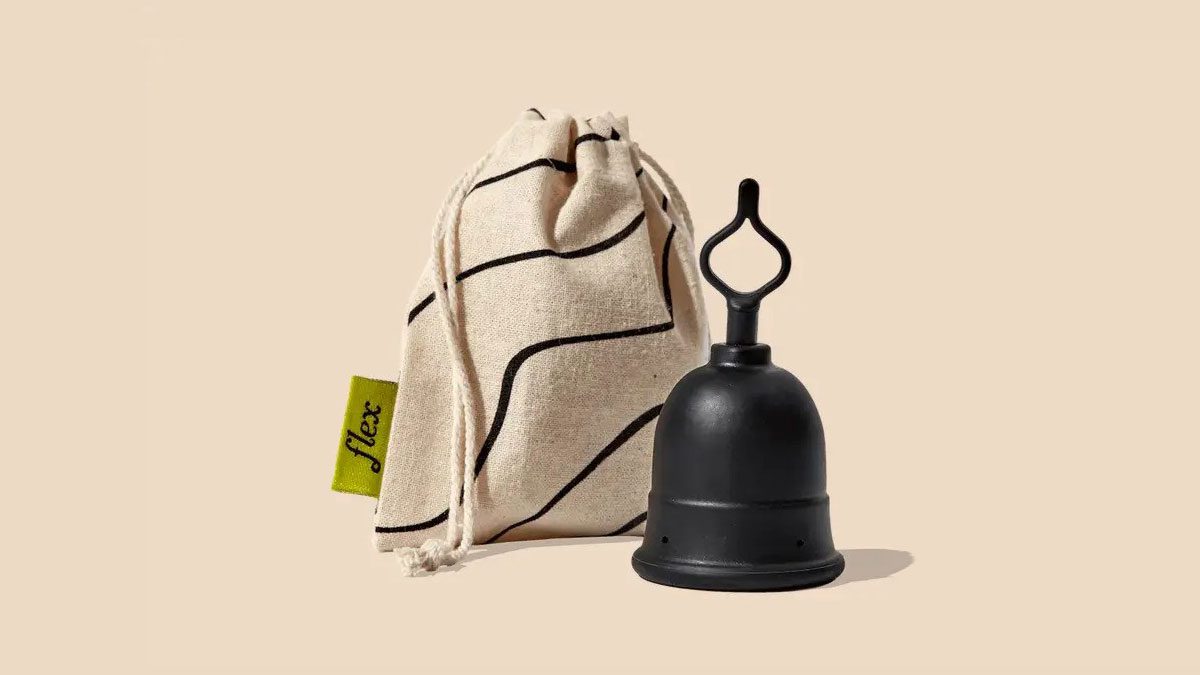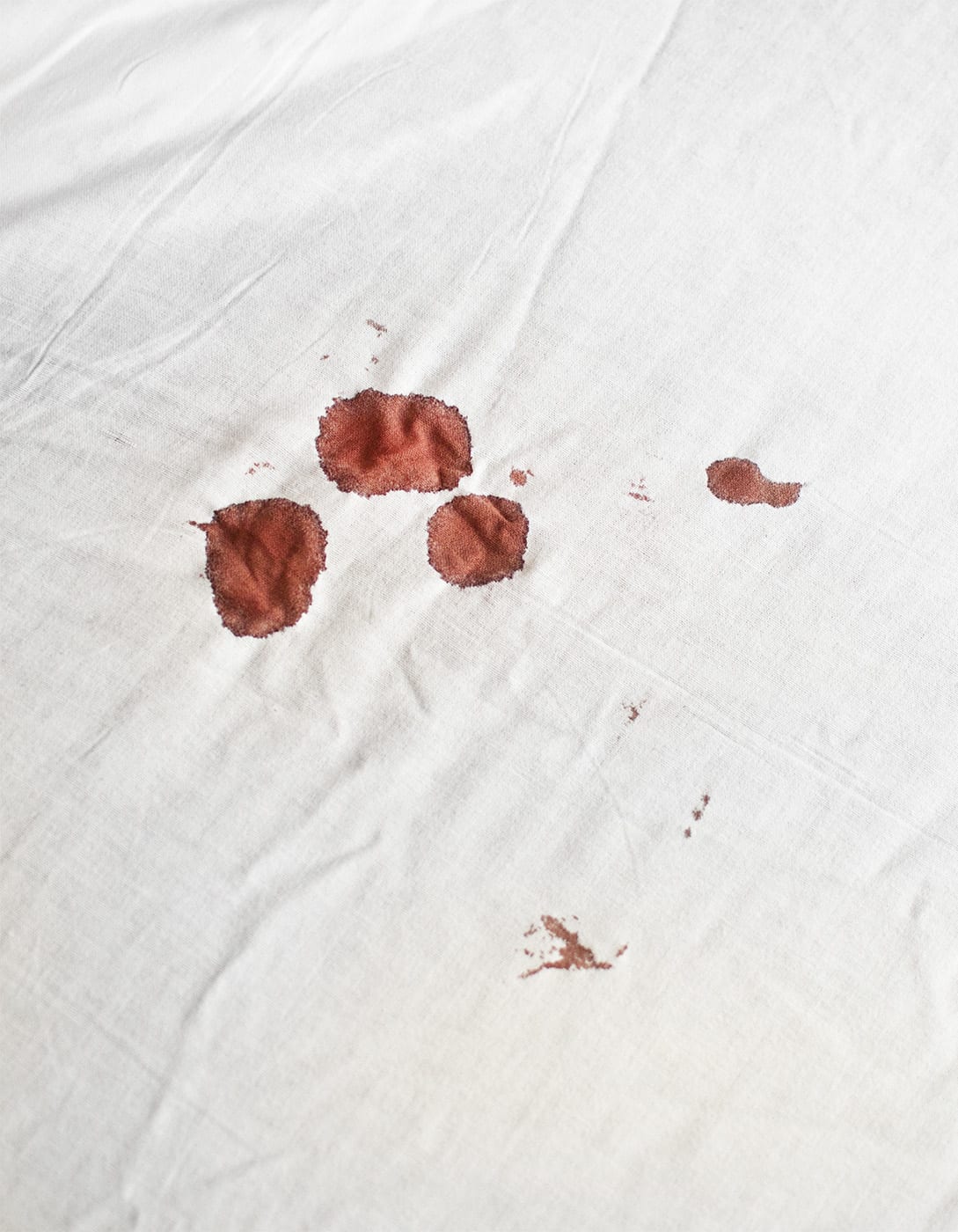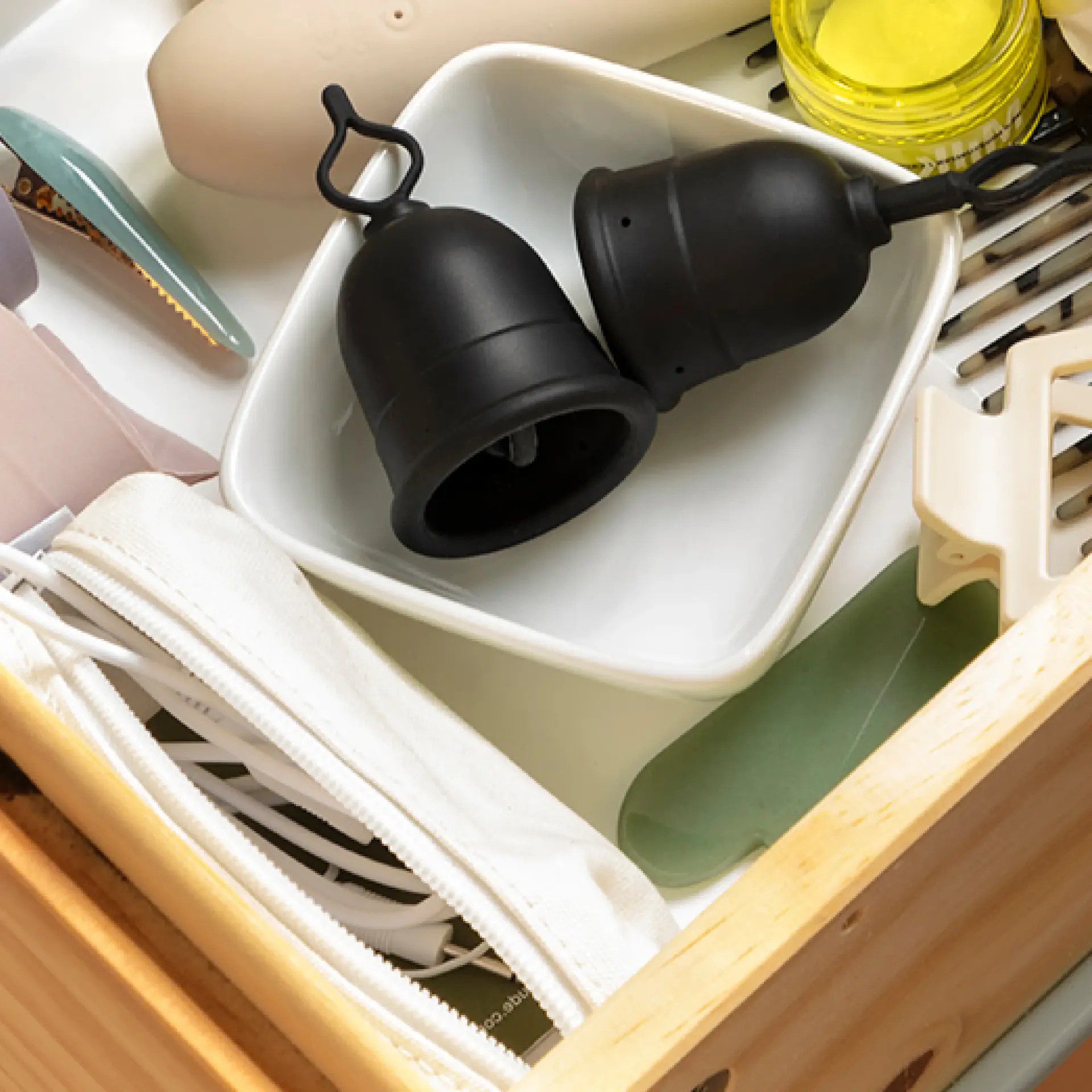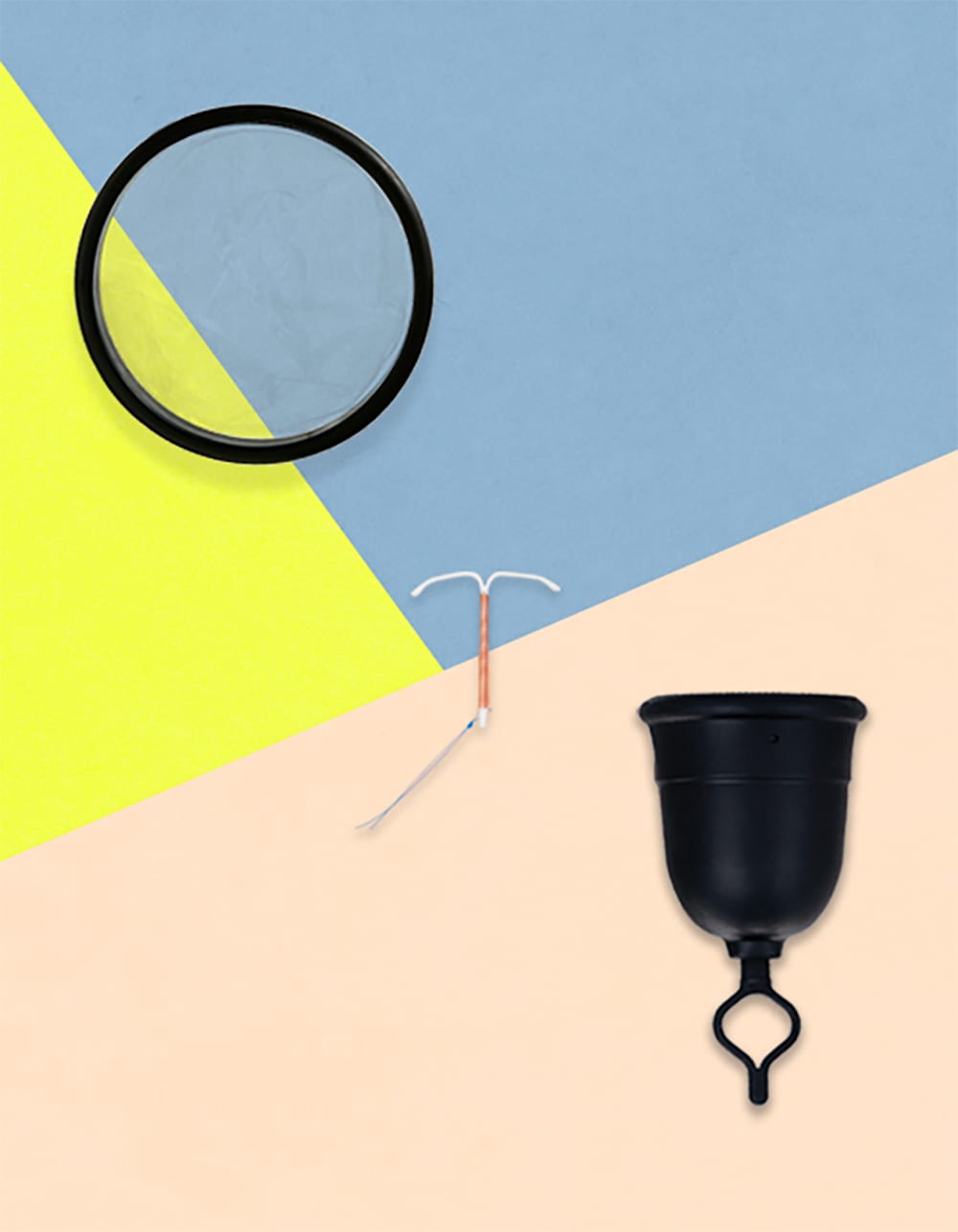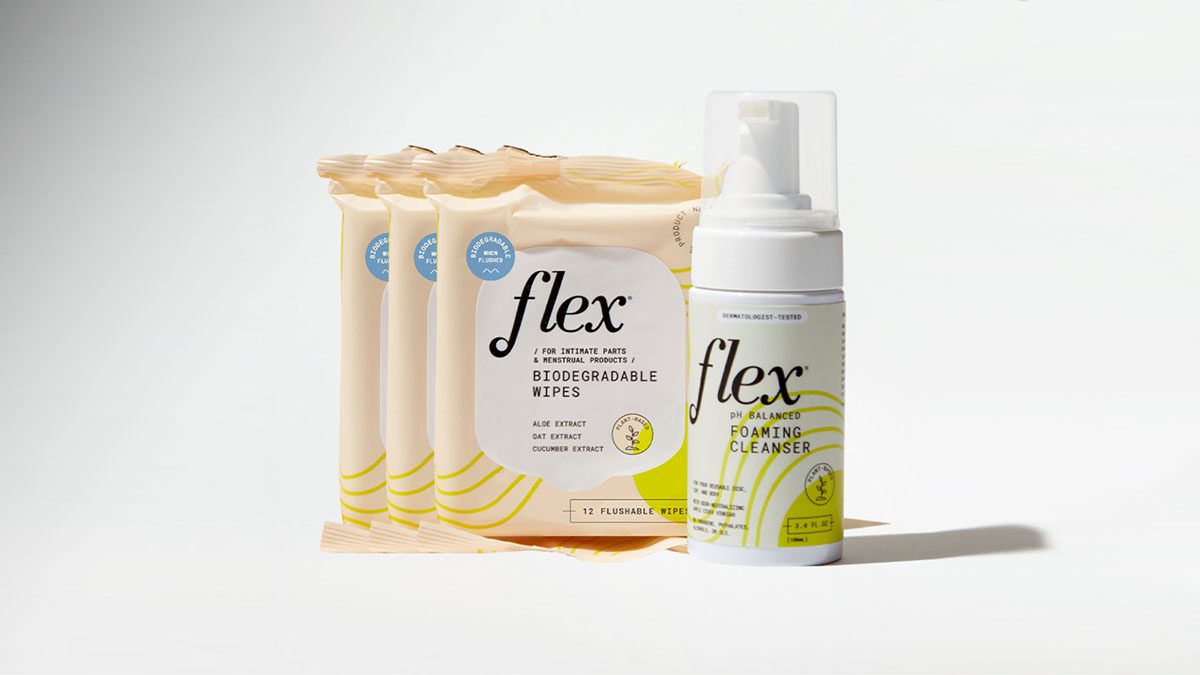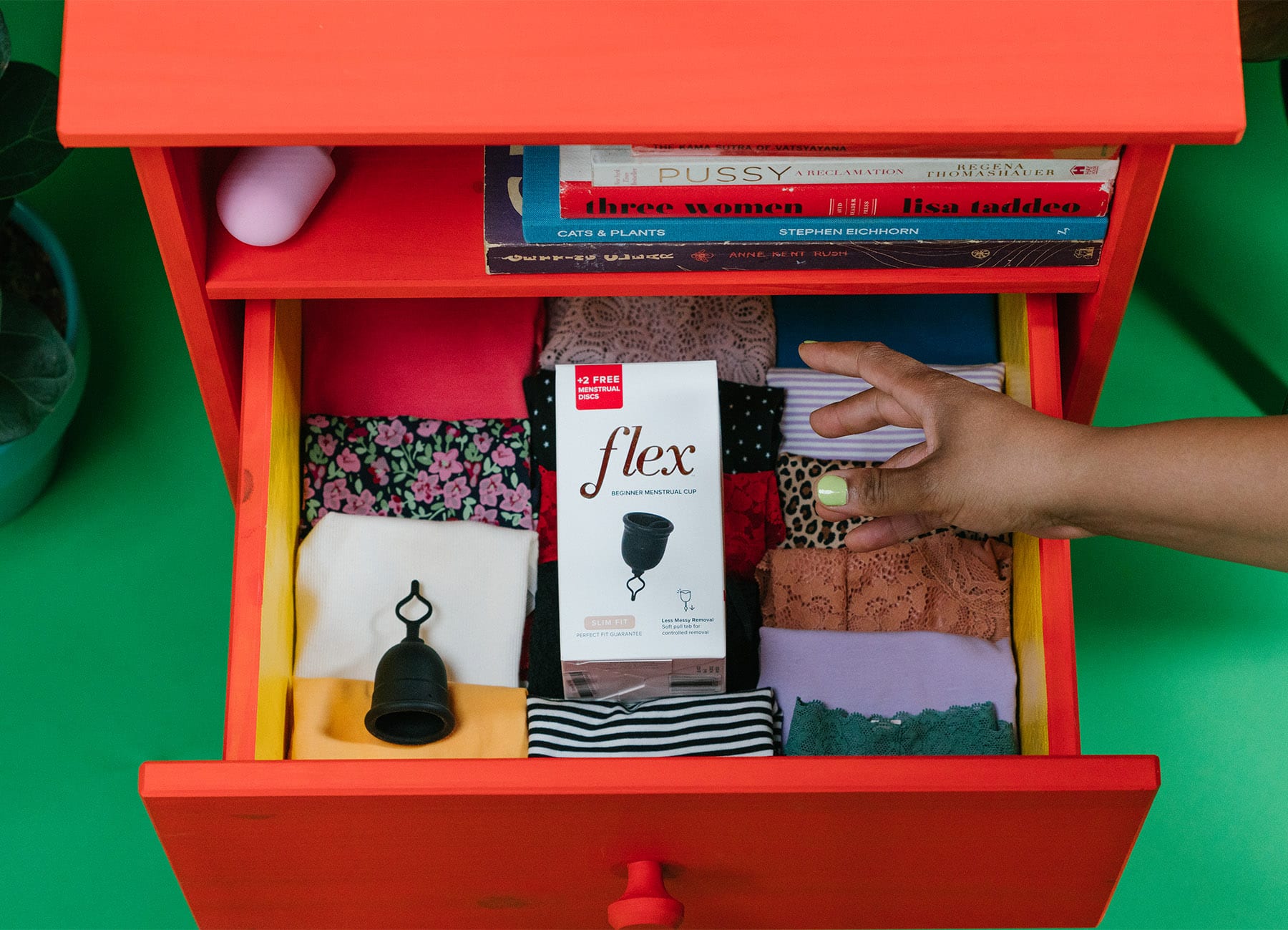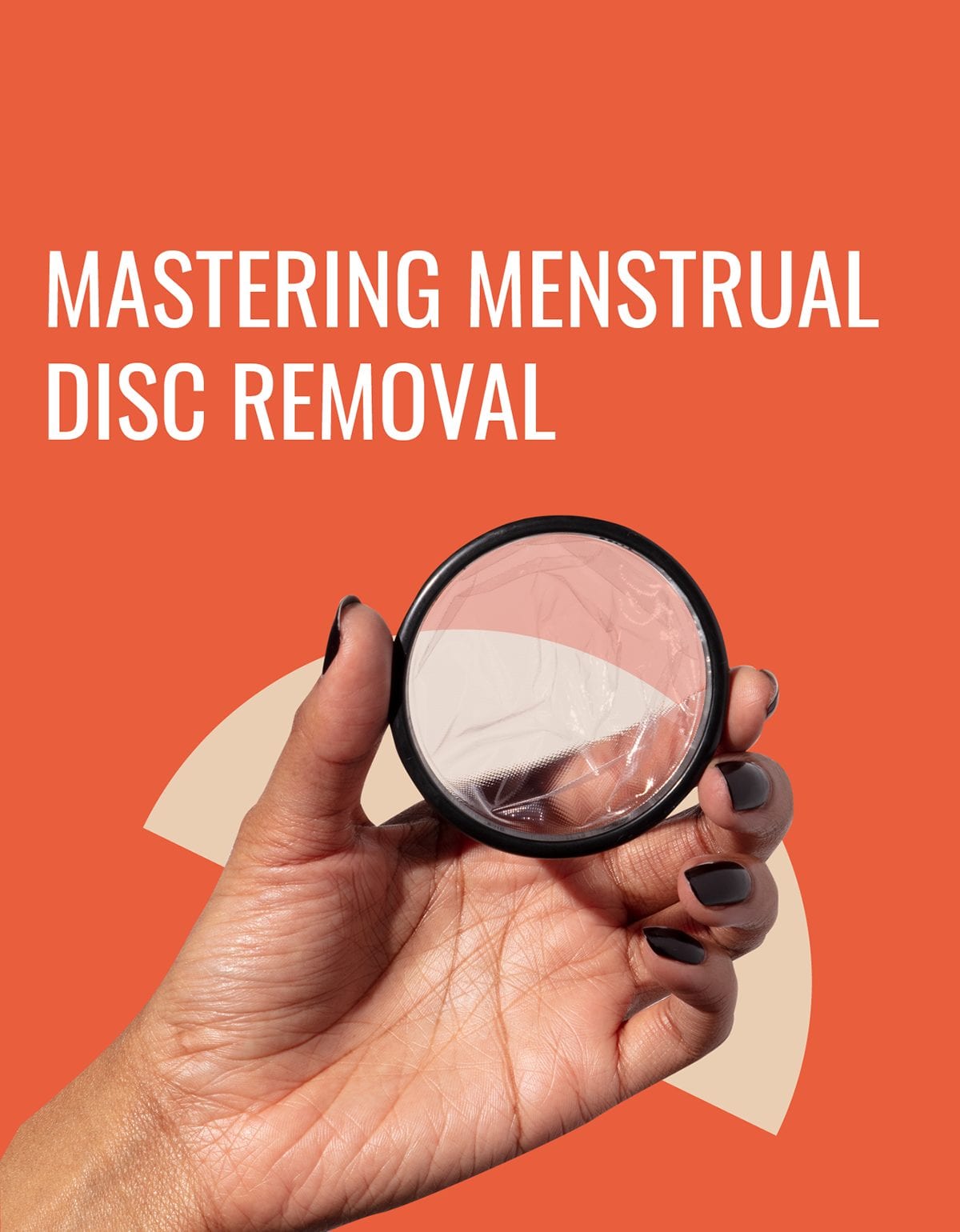Choosing between pads, tampons and menstrual discs
You know that there are plenty of products available to collect or absorb your period blood — but more options don’t always equal happiness (if anything, it sometimes means the opposite).
With so many options and your day-to-day well-being at stake, it’s important to understand why you would choose each menstrual product. When choosing the best product (or combination of products) for your period, you want to consider:
- Your comfort level with your body
- Your lifestyle needs
- Your menstrual flow
To help you out, we’ve put together a guide with pros and cons, to help you choose between these three very popular disposable period products: pads vs tampons vs discs.
MENSTRUAL PADS
Ease of use: ★★★★★
Change frequency: Every 4-6 hours
Sizes: Vary depending on flow
Activity level: Low 💪 __ __
Where do they go? Your underwear
What are menstrual pads?
Menstrual or sanitary pads (sometimes called “sanitary napkins” by middle-school health teachers) are the most common menstrual products in the world, probably because they’re such low maintenance – you’re basically lining your underwear with super absorbent material that absorbs your period blood.
Compared to tampons, pads aren’t inserted into your vagina. Most pads have an adhesive strip on one side to stick to your underwear so it doesn’t move around. Some pads also have wings that wrap around the bottom part of your underwear to keep it in place (watch out for a wayward pube getting caught!).
Overnight pads are also an option for those with a heavy flow. The downside is that they are about as advanced as a diaper.
Pantyliners are another type of pad that’s designed for very light days or to be used as backup in case of leaks. Pantyliners, like pads, can be worn with other menstrual products like tampons, menstrual cups, and discs. Newer and more sustainable options like reusable pads, and period underwear (or period panties) might be worth checking out, but most require special drying instructions after being washed (no dryer).
Leaks may happen, especially if you wear a tampon with low absorbency and tend to have heavy periods. To prevent staining your clothing, pads or period panties can be that extra safety you need.
Pads are best if you…
✓ do not want something inside of your vagina
✓ use another product that goes inside the vagina and want extra protection
Pass if you…
✗ go swimming
✗ are active
✗ wear leotards or leggings (unless you don’t mind the pad showing)
✗ don’t want to sit in wetness at any point of your day
TAMPONS
Ease of use: ★★★★✰
Change frequency: Every 4-8 hours
Sizes: Vary depending on flow
Activity level: Medium 💪 💪
Where do they go? In your vaginal canal, near the entrance
What are tampons?
Tampons are made of super absorbent cotton and are shaped like a narrow tube (about the size of a lipstick) with a string attached. Tampons sit inside the vagina, near the lower third so the string hangs out past the labia to make removal easier.
As tampons absorb menstrual blood, the cotton expands like a sponge so, when you remove it, the shape will be different than it was when you first inserted it. There are pros and cons to tampons. For example, if you have a heavy flow and wear a tampon, you’re most likely going to have to change it far more frequently than you’d wish.
Most tampons come with a cardboard or plastic applicator to make them easier to insert. Tampons tend to be more discreet than pads – but make sure to hold the string aside while you use the bathroom so you don’t have to deal with pee or poo string.
There are organic tampons available. “Organic” meaning that the cotton used to make them is not sprayed with pesticides. However, organic or not, all tampons do increase the risk of Toxic Shock Syndrome (TSS), a life-threatening complication. So make sure you change regularly and use as directed.
Note: since tampons come in many sizes, you must be aware of your flow. By using a super tampon or an ultra tampon when you’re on the last day of your cycle when there is little to no period blood left, your chances of irritating your vaginal canal upon removal are much higher. No one likes removing a dry tampon.
Last but not least, tampons have not changed for years. There has been no new incredible technology that alleviates some of the risks or adds to the benefits of using a tampon.
Tampons are best if you…
✓ are not sensitive to organic materials
✓ don’t mind changing every couple of hours, especially with a heavy flow
✓ don’t often get yeast infections or BV
Pass if you…
✗ are uncomfortable having a product in your body
✗ are concerned about bacterial infections like TSS
✗ recently gave birth
✗ get frequent yeast infections or BV
✗ don’t have the ability to change the product every 4 hours
✗ the thought of pee or poo string grosses you out
✗ are tired of buying and storing different absorbency tampons
MENSTRUAL DISCS
Ease of use: ★★★★✰
Change frequency: Every 12 hours
Sizes: One size fits most
Activity level: High 💪 💪 💪
Where do they go? In the vagina, around the cervix
What are menstrual discs?
Menstrual discs are one of the newest period products on the market. There are a few brands out there, but Flex Discs™ are made with medical-grade polymers that make them body-safe and hypoallergenic. Plus, they are non-porous which means they won’t mess with your vagina’s natural flora/pH or host toxic bacteria.
Menstrual discs sit around the cervix in the widest part of the vaginal canal called the vaginal fornix. It’s the widest part of the vagina with fewer nerve endings.
Because of where it sits and what it is made of, the disc collects period blood and doesn’t expand or press on the vaginal walls, essentially making it more comfortable for many menstruators than tampons and has even shown to reduce cramps in surveyed users. Plus, menstrual discs can be worn safely for up to 12 hours, allowing you to sleep in, work out, without having to make constant trips to the bathroom.
Compared to tampons, some menstrual discs, like Flex Disc can hold 5+ super tampons worth of menstrual blood. With one size, you won’t have to worry about buying multiple-sized products if you have a light, medium, or heavy flow as the disc can hold it all.
Menstrual discs are inserted and removed by hand (there’s no applicator or string for removal). But unlike tampons, they glide in and out even on your lightest days. If you’re worried about touching menstrual blood, try taking your disc out in the shower to make it easy. If you’re someone that always likes to have a backup, menstrual discs can also be worn with period underwear (period panties).
Another plus is that there are both disposable and reusable options available. For example, Flex Reusable Disc can hold 6+ super tampons’ worth of period blood and it can last for years.
Menstrual discs are best if you…
✓ want a product that you can wear for a full day (up to 12 hours!)
✓ want to reduce the risk of Toxic Shock Syndrome (TSS)
✓ are sensitive to tampons
✓ get frequent yeast infections or BV from organic tampons
✓ want one product for all your flows (light, medium, or heavy flow) or if you have PCOS or endometriosis
✓ are going swimming
✓ want to have period sex without period blood getting in the way
✓ hope to reduce extra period pain as they are designed to reduce cramps
Pass if you…
✗ are uncomfortable with having a product in your body
✗ are not comfortable touching your body
